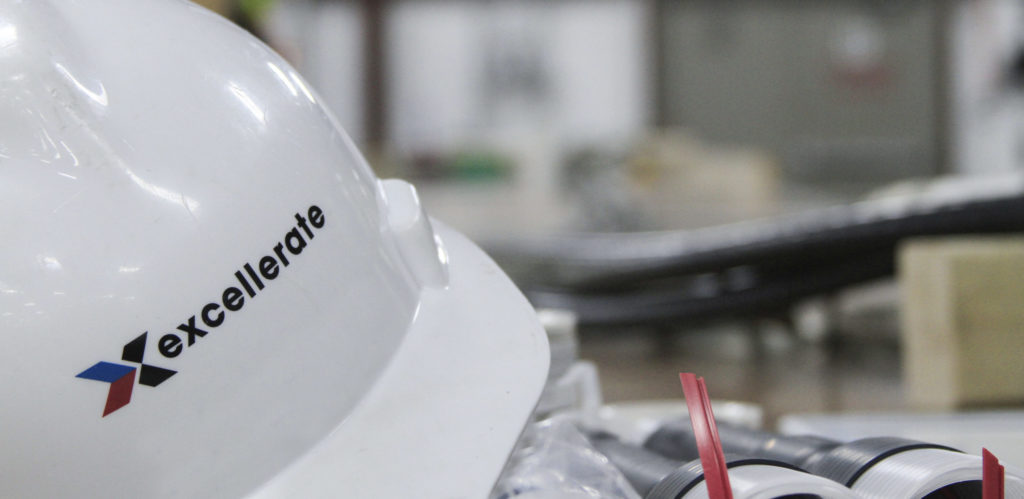August 9, 2023 Chad Semrau
Safe Work = Productivity
What is more important, productivity or safety?
In some organizations, responses to this question might be influenced by various roles. A manager who is evaluated on deadlines and revenue may be focused on productivity, while a frontline employee should be concerned with their safety at any cost.
In reality, there is no one correct answer. At Excellerate, we know that they are both equally important because one cannot thrive without the other.
The Relationship between Safety and Productivity
Historically these two ideals have been viewed as opposing forces. The only way to work safely is to be slow and cautious, and to be productive means working faster and cutting corners. These statements are far from reality since each ideal is supplemental and equally supportive of the other.
If taken to extremes, both will have a detrimental impact on your business. A sole focus on productivity will lead to recklessness, burnt-out employees and ultimately injuries, while overapplied, haphazard safety measures will hinder production.
The key is to find a balance by strategically implementing safety practices that remove the hazards and barriers that would otherwise stymie production. Arming your team members with the tools and knowledge to perform their tasks with confidence will lead to a safer and more productive work force. Inversely, employees who are worried about an unsafe situation will cautiously slow down or even avoid a task all together.
So how do you create this balance? It all comes down to culture.
Building a Safety Culture
Humans inherently do not like to be told what to do without the ability to contribute to solutions, which is why unfounded safety mandates meet so much resistance. The forcing of policies without buy-in supports the view that a company’s safety department is only there to deliver rules and discipline offenders.
Building a safety culture starts with team member engagement and putting safety at the forefront of everything you do, from training to meetings to operational risk management to the physical task.
Engage team members in the planning process and solicit input on their tasks, current hazards associated with the tasks and how to mitigate them. When their voices are heard and ideas are implemented, they will be invested in the success of that idea, leading to increased productivity.
Within FTI, we empower our team members with stop-work RESPONSIBILITY. If they are asked to perform what appears to be an unsafe activity, or see any co-worker in an unsafe situation, they have not only the authority, but the responsibility to stop the work and elevate it for remediation. This empowerment often leads to the development of safer and faster methods that come with the buy-in of team members.
Building your safety culture is a continuous process that must be supported by your entire organization, from new hires all the way to the CEO.
Maintaining a Safe and Productive Workforce
Maintaining employee engagement, with a focus on both productivity and safety, can be accomplished in a few ways.
- Giving everyone visibility to both daily and overall goals.
- Creating a scoreboard with live updates on safety and productivity.
- Providing face-to-face feedback on performance.
Team members who are educated with the organization’s plans and know their part in reaching the company’s goals will stay engaged. When we all know the targets that we need to hit and see our progress displayed, together we know we can win.
Invest in the development of your work force by providing constructive feedback, proper safety and procedure training, and performance-based incentives. This will pay off in several ways; lowering your company’s turnover rate, reducing injuries and cutting downtime.
A safe hour is a productive hour.
Interested in learning more? Check out our other articles and subscribe to be the first to know about future Excellerate blog articles.

 Safe Work = Productivity
Safe Work = Productivity

